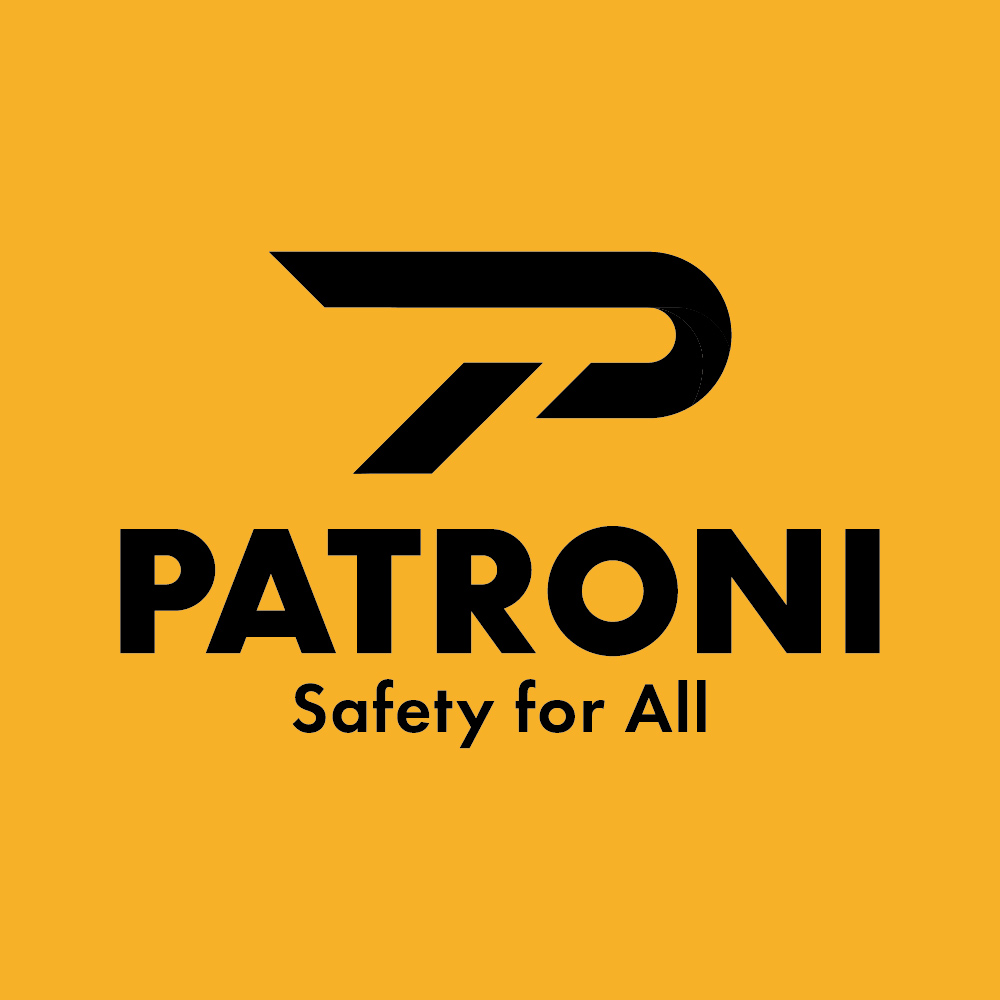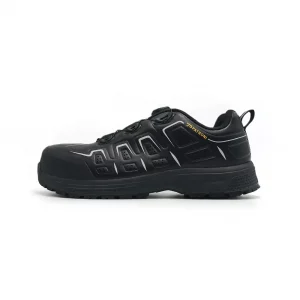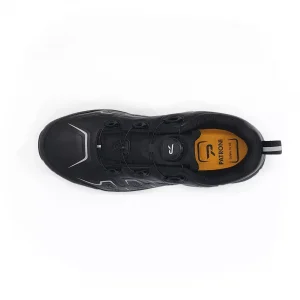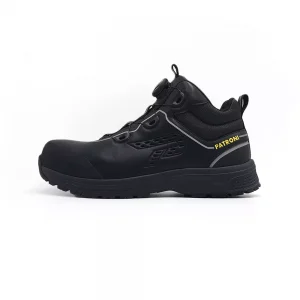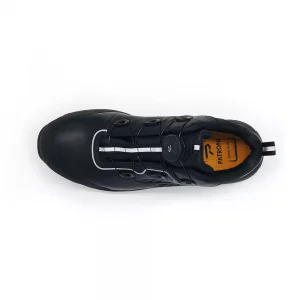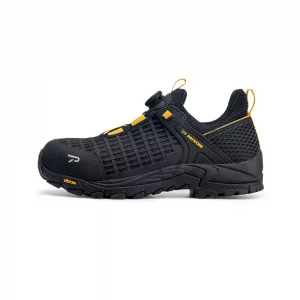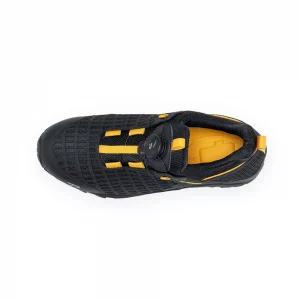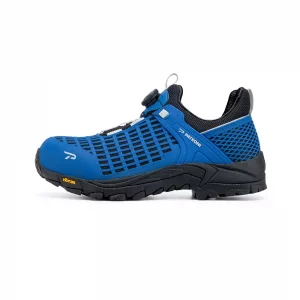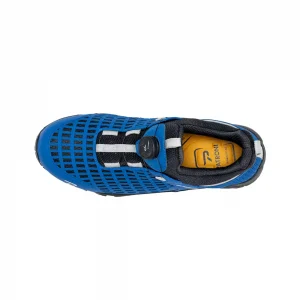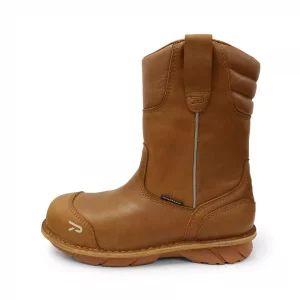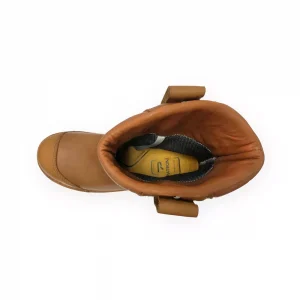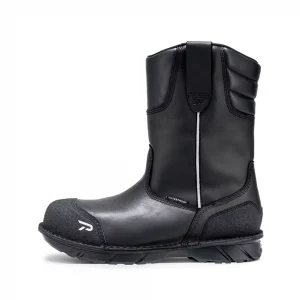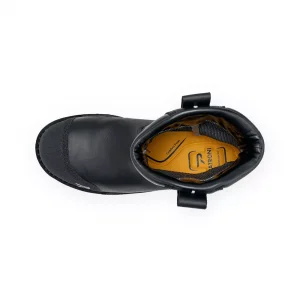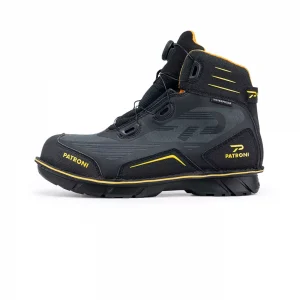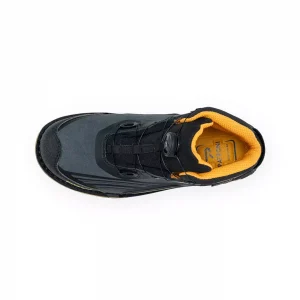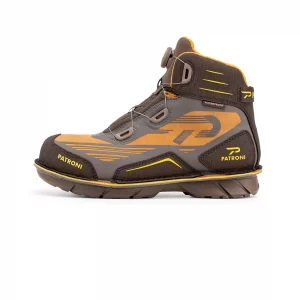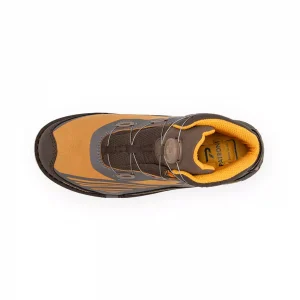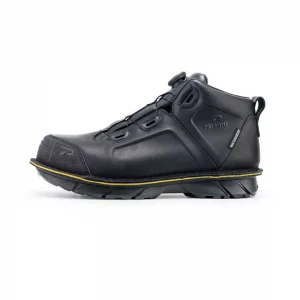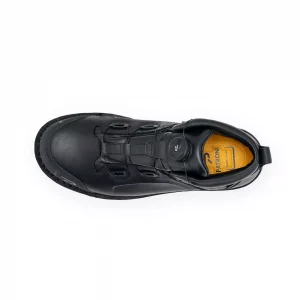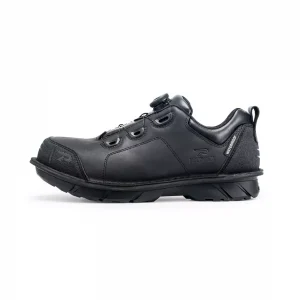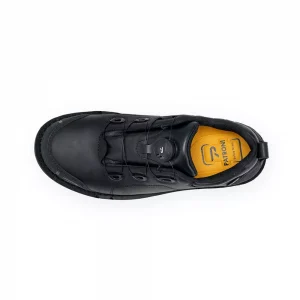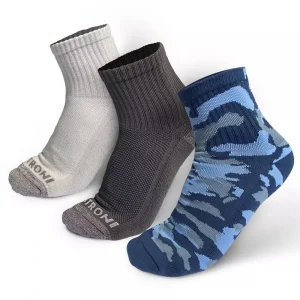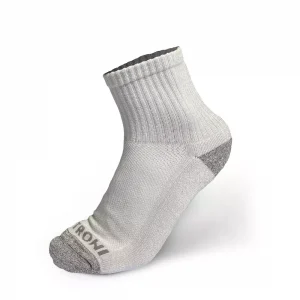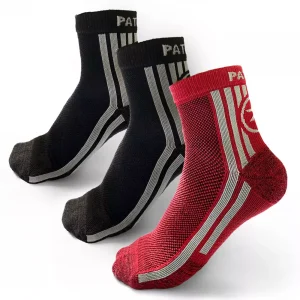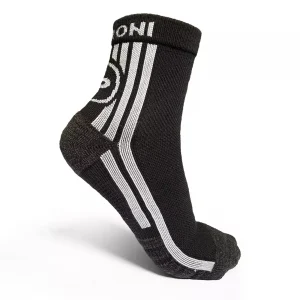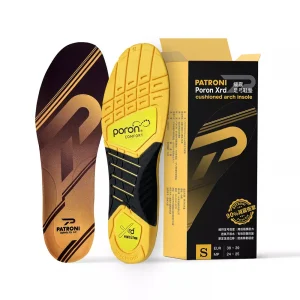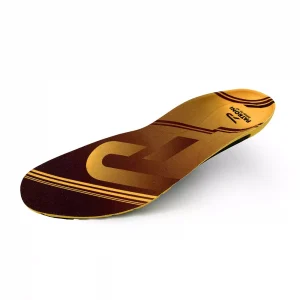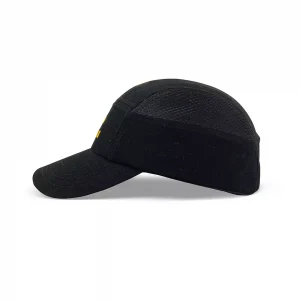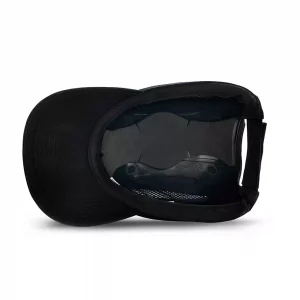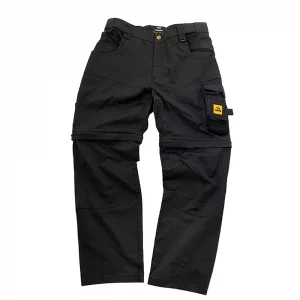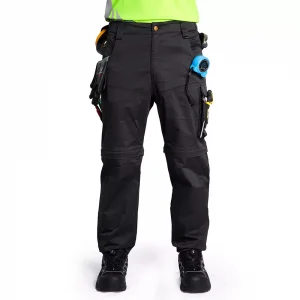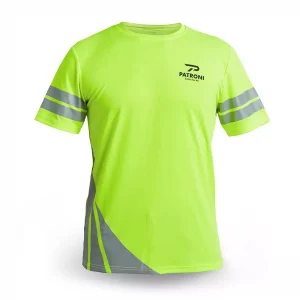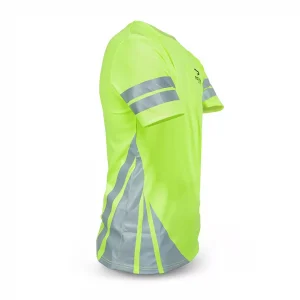
A certification of safety shoes is the most simple and powerful basis for buying them. Since the EN ISO 20345:2022 standard will be enforced in April 2023, it is extremely important to understand the revised content in the 2022 version. We have listed the 4 main revisions below for you to quickly understand the new testing items for safety shoes!
The revised content in the EN ISO 20345:2022 standard:
1. Adjusted levels of slip resistance
Slip resistance is a necessary function for safety shoes to be certified. The 2022 version of EN ISO 20345 simplified the levels of slip resistance and will not particularly mark the levels on the shoes passing the test.
The traditional SRA, SRB and SRC markings will no longer be put in place while the two levels – “no specific marking” and “SR” – being utilized.
The test methods for “no specific marking” remains the same with the SRA test while the SR level equals the SRC level. To reach the SR level, the shoes will not only need to pass the basic test but the special test also.
The special test is: put the shoes on a ceramic tile floor with glycerol at a pressure of 400-500N and a rocker angle of 7 degree; push them forward and no obvious slide is observed. (Meaning that the heel friction in terms of slip resistance equals 0.13 or more/the flat friction when sliding forward equals 0.18 or more)
2.More detailed puncture resistance test
The PL and PS levels for non-metallic puncture resistant soles are added in the puncture resistance test for safety shoes in addition to the “P” level in its original single test method.
The P level is for “steel puncture resistant soles” that are tested with a 4.5 mm nail and passed.
The PL level is for “non-metallic puncture resistant soles” that are tested with a big nail (4.5 mm) and passed.
The PS level is for “non-metallic puncture resistant soles” that are tested with a small nail (3 mm) and passed.
(The smaller the diameter of the nail is, the easier the sole is punctured, which makes “PS” the highest level for puncture resistance)
3.Adjustments in safety levels
The safety levels are adjusted from the original SB-S5 to SB-S7. S4 and S5 are for all-rubber safety shoes, so SB-S3, S6 and S7 are the main levels applicable to the general safety shoes on the market.
The puncture resistance levels mentioned in the previous section will usually be marked along with the safety levels and the markings will thus be presented in the format of S1 (without puncture resistance), S1P, S1PL, S1PS, etc. Moreover, the shoes must pass the puncture resistance test to reach S3 and S7. As a result, those that reach S3 and S7 will have titles in the format of S3, S3L, S3S, etc., without “P.”
4.Water resistance as an additional condition to pass the test and reach S6 and S7
The new S6 and S7 levels require passing the water resistance test (marking as WR) to ensure the shoes’ waterproof function.
Other than the water resistance test, the testing items for these two levels are the same as those for the S2 and S3 levels. In addition, the old WRU marking will be
replaced by WPA.
About the water resistance test: It is a comprehensive test for safety shoes. The testing personnel puts on the safety shoes to be tested and walks through a sink with a regulated water depth (around 3cm). After he/she walks repeatedly for the length of 100 sinks (around 1km) or soaks the shoes in the water for 80 minutes, the area of water seepage on the testing shoes cannot be larger than 3 square centimeters. The shoes can pass the test if they meet this standard. Hence, the safety shoes passing both the WR and the WPA (WRU) tests will have double insurance.
(However, the water resistance test can only ensure that the shoes passing it have a smaller chance of getting wet inside. If you need to work in the water for a long time, it is still recommended that you choose the safety water boots.)
The new revisions will be enforced starting from April 1, 2023. The shoes that have passed the old tests are still valid and do not need to be re-certified. Thus, the shoes passing the EN ISO 20345:2011 tests and the ones passing the EN ISO 20345:2022 tests will co-exist on the market for some time in the future.
In addition to the above-mentioned four main revisions, this revised version also adds some non-required testing items, including functions such as the ladder grip (LG) of the sole and the scuff cap (SC) abrasion resistance. If you are to choose and purchase safety shoes in the future, pay attention to the introduction to their functions. Only by doing so can you choose the suitable safety shoes!
